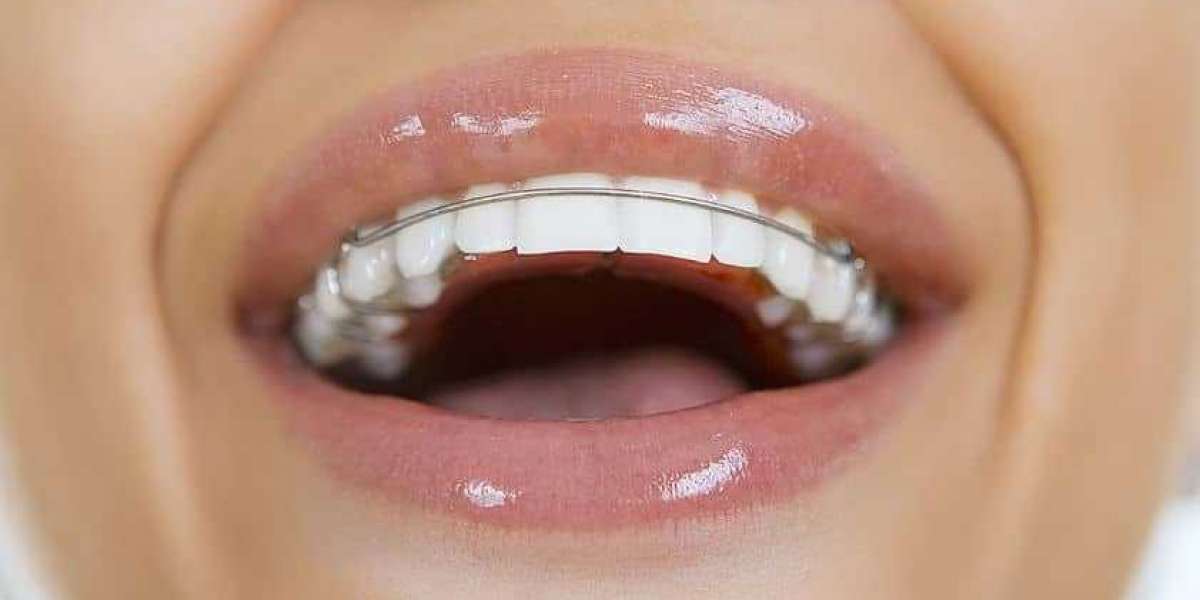If you're wrapping up braces or aligner therapy, you're likely wondering—are retainers covered under orthodontic treatment? This is a common question for patients who are transitioning to the retention phase after months or years of active tooth movement. Dental Retainers in Dubai are essential for maintaining the results of orthodontic treatment, but their coverage under insurance or bundled treatment plans can vary significantly depending on your provider and policy details. Understanding how coverage works can help you plan ahead and avoid unexpected expenses.
Understanding Orthodontic Packages and What’s Included:
Many orthodontic providers offer all-inclusive packages that combine diagnostics, treatment, and follow-up care. However, what those packages include can differ from one clinic to another. In some cases, retainers are included in the overall cost of braces or aligners, while in others, they are billed separately.
What’s typically included in comprehensive orthodontic treatment:
Initial consultation and x-rays
Active treatment with braces or aligners
Adjustments and check-ups throughout treatment
One set of retainers after braces are removed
However, exclusions may apply such as:
Replacement retainers due to loss or damage
Additional retainers beyond the first set
Long-term retainer maintenance
It's important to confirm these details before starting treatment so you’re not caught off guard by future charges.
Types of Retainers and Their Coverage Differences:
The type of retainer prescribed may influence whether it’s covered. Orthodontists generally choose between three main types of retainers: Hawley, clear plastic (Essix or Vivera), and fixed (bonded) retainers. Insurance plans and providers may treat each type differently when it comes to reimbursement.
Hawley retainers:
Typically included in treatment packages
Long-lasting and durable
Easy to repair, so less likely to need replacement
Clear plastic retainers:
Often included, especially with clear aligner programs
May not be covered for replacements
Prone to wear and warping over time
Fixed retainers:
Sometimes considered part of active treatment
Installation may be covered, but removal or repairs might not
Long-term monitoring may involve out-of-pocket costs
Knowing which retainer you’ll receive helps determine how much financial responsibility you may have in the future.
Insurance Plans and Retainer Coverage:
Many dental insurance plans include orthodontic benefits, but these benefits are often limited. Not all plans automatically cover retainers, and some may offer partial reimbursement or impose caps.
Key points to check in your insurance policy:
Whether orthodontic care is covered for adults and/or children
If retainers are listed under orthodontic appliances
The percentage covered (usually 50% of the cost)
Annual or lifetime maximums on orthodontic benefits
Whether replacements or repairs are included
Some plans may require that retainers be provided within a certain timeframe after treatment to qualify for coverage. It’s essential to read the fine print and ask your provider about specific retainer-related clauses.
Costs Without Coverage and Payment Options:
If you discover that Dental Retainers Treatment are not fully covered under your orthodontic treatment or insurance, it helps to know the average out-of-pocket costs. Prices vary depending on the type of retainer, your geographic location, and the dental clinic.
Typical out-of-pocket costs for retainers:
Hawley retainers: $150–$300 each
Clear plastic retainers: $100–$250 per tray
Fixed retainers: $250–$500
Ways to manage costs include:
Using flexible spending accounts (FSA) or health savings accounts (HSA)
Asking for bundled pricing upfront
Exploring in-house payment plans from your orthodontist
Requesting multiple sets of clear retainers at a discounted rate
Planning financially for retainers ensures you’re not tempted to skip them, which can jeopardize the results of your treatment.
Confirming Coverage Before Starting Treatment:
The best way to avoid surprises is to address the question—are retainers covered under orthodontic treatment?—before you begin. During your initial consultation, ask your orthodontist and insurance provider for a detailed breakdown of what's included and what's not.
To ensure clarity, take these steps:
Request a written treatment plan from your orthodontist
Call your dental insurance and ask about orthodontic appliance benefits
Get confirmation in writing about retainer coverage and limitations
Ask whether replacement retainers are included
Being proactive can save you hundreds of dollars and provide peace of mind knowing that your smile is protected for the long term.




